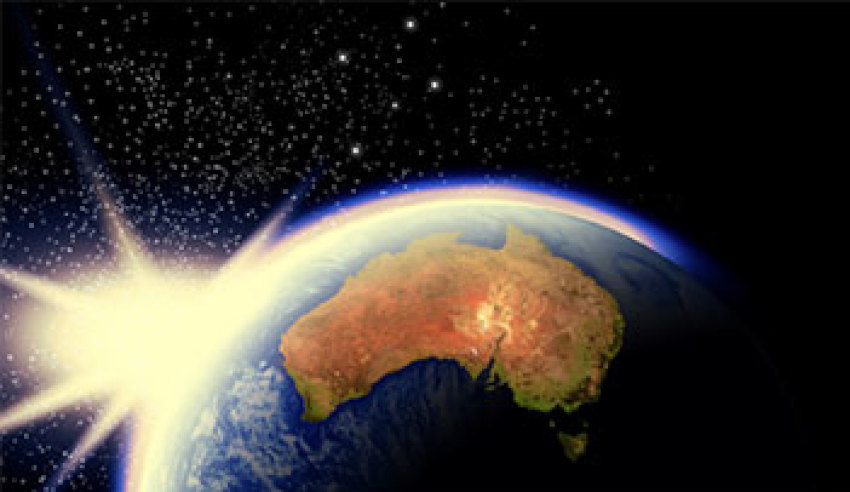
Badri Younes, NASA’s deputy associate administrator for space communications and navigation (SCaN), said NASA and the ASA were seeking to identify options for future collaboration, building on the longstanding relationship with CSIRO.
Younes met ASA head Dr Megan Clark in Canberra to discuss those options. He said ASA needed the support of everyone to be a success.
“It’s going to take the commitment of the Australian government, the Australian industry, to help Dr Clark and the agency to move forward and to grow,” he said.
“And they need many additional resources.”
Younes was in Australia in the lead-up to the 50th anniversary of the moon landing, in which Australian tracking stations played a major role, including relating the first television imagery to the world.
“I would like to congratulate Australia for establishing its own space agency. It was about time,” he said.
“We would like to build on the strong relationship we have had in the past, particularly with CSIRO. Hopefully we can have as a good a relationship with the new space agency.”
Younes said that, “50 years ago, we demonstrated to the world that when challenged, human beings can make the impossible very possible”.
“We also demonstrated that we should dream big and that we have the power within us to make our dreams become reality,” he said.
“Although its success was a true American success story, we are grateful to the contribution that our partners here in Australia have given us, particularly from Parkes and Honeysuckle. That relationship with Australia allowed us to hear the first words from the moon.”
Younes said there was no better way to celebrate the achievements of 50 years ago than to renew the commitment to human exploration and go even further than before – that is to establish a permanent and sustainable presence in space and that is where the new Artemis program comes into play.
He said Artemis is the twin sister of Apollo, the program that took man to the moon. After that, Mars is the next goal.
“We are going, and the time is now. We have the capability, we have the purpose and we have the responsibility,” he said.
Science Minister Karen Andrews said she’s open to further links between NASA and ASA.
She said the government had already spent $300 million to help grow Australia’s $3.9-billion space industry to one worth $12 billion by 2030, with further funding potentially on the cards.
“We will be looking at growing that over the coming years,” she said.
Receive the latest developments and updates on Australia’s space industry direct to your inbox. Subscribe today to Space Connect here.












